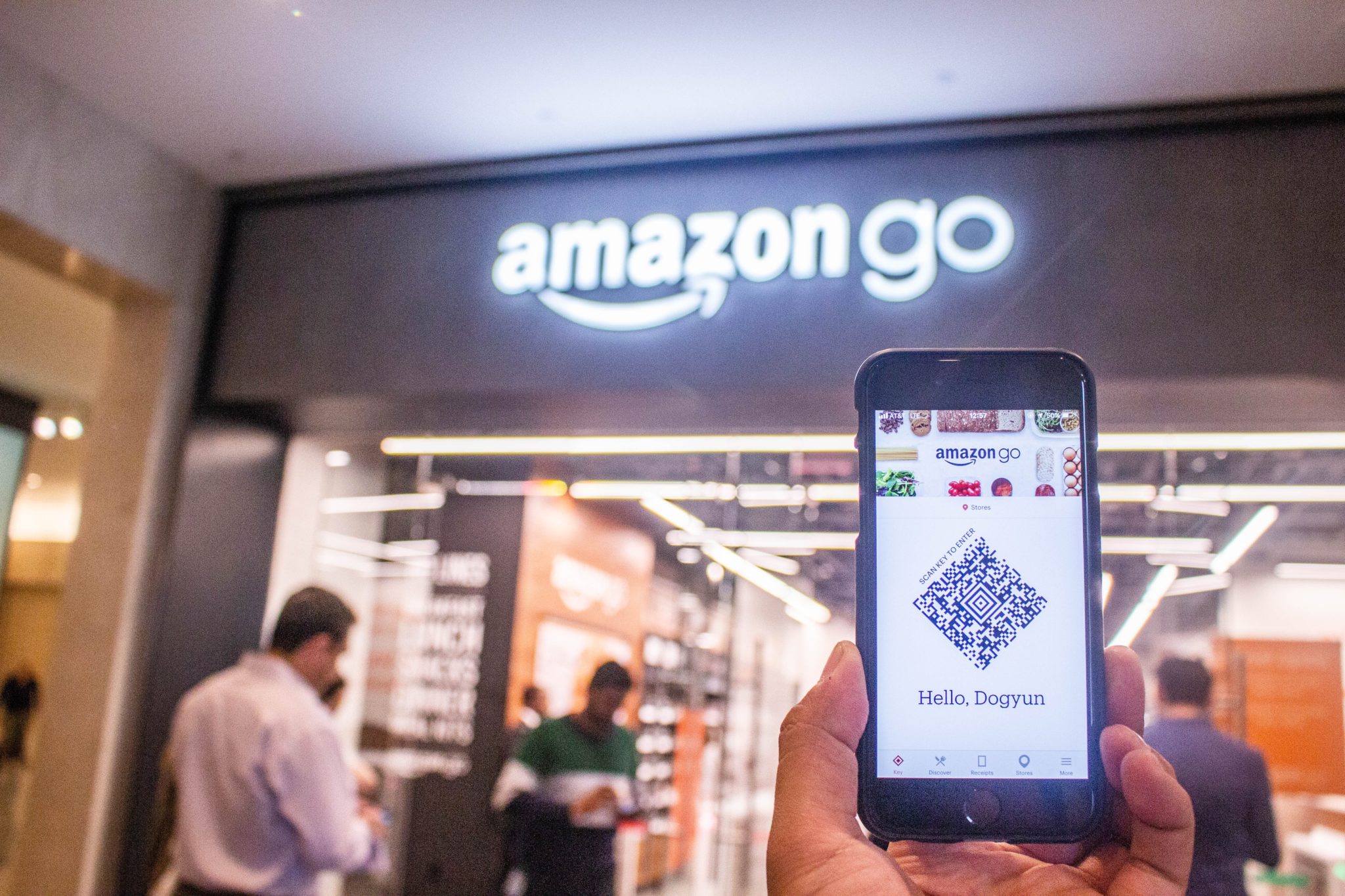Confer With talks about the concept of phygital (physical and digital channels) and its impact on retail.
What is phygital?
Phygital is a portmanteau of physical and digital and it symbolises the seamless relationship between the two channels. It takes the best element from both and merges them to create an entirely new customer retail experience. In a recent 2020 study, 72 per cent of internet users shop online, with 52 per cent of respondents purchasing from brick-and-mortar and online. Meanwhile, with the easing of lockdown restrictions welcoming the return of the high street, it’s more important than ever for retailers to be readily available, regardless of which channel.
How will phygital redefine shopping?
Digital channels have not only served as an avenue to purchase products but also support customers in making well-informed decisions. Eighty-three per cent of US shoppers said before visiting a store they performed an online search. Today’s shoppers like to browse and shop online for a number of reasons:
- Better navigation: 66 per cent of shoppers say they favour online shopping to discover items versus 27 per cent offline.
- More suggestions and tips: 59 per cent find online resources offer more helpful recommendations versus 28 per cent offline.
- Better pricing: 59 per cent say they prefer to shop online to get the best deal possible.
What does this mean? For years retailers have been losing the battle against the convenience and plethora of information the internet holds. Therefore, phygital is an important component to sustain the future of the high street.
By blending physical and digital experiences, businesses can increase their revenue and profit margins. This involves a technology-led approach to help retailers predict customer experiences and deliver personalised journeys.
One example is through the use of in-store consoles, allowing customers to browse the online store and connecting both together to offer a phygital experience. Nevertheless, retailers favour digital technologies as they generate insightful data on the products they offer. In recent years, it is more common to see retailers equip their staff with tablets to harness the power of data and offer a personalised touch to shopping.
Two examples that define the phygital era
Amazon Go
In March 2021, Amazon opened its first cashier-less store in London. It integrates the “just walk out” technology using a blend of computer vision, deep learning algorithms, and sensor fusion. This means customers walk in scanning their phone and any item they pick up will immediately be added into their virtual basket. When they are ready to leave, they simply walk out, and the payment transaction is automatically completed. Other grocery retailers have adopted similar models such as scanning items onto a smartphone or handheld device. However, it still requires a level of human assistance and queuing. This experience personifies the online shopping journey, without the delivery waiting time.
What does this mean for retailers? Customers looking for convenience and a seamless transaction will look toward cashier-less stores, and this works particularly well for low consideration items.
Virtual Stores
Another example of phygital technology is virtual stores. In a PwC report, 68 per cent of retailers believe the main role of their staff was to be an advisor, followed by task force (50 per cent) and boosting sales (48 per cent). Advisors still play a crucial role in the customer buying journey. They offer assistance, reassurance, and are able to curate a basket based on the needs of the customer. However, virtual stores utilise what brick-and-mortar stores cannot – ultimate personalisation and immediacy. Virtual stores can be utilised using live video shopping technology, where customers engage with an advisor over a shared virtual basket. By using customer insights, it can present recommendations and tailored add-ons to build a basket that is personable to them. This innovative technology navigates customers through an eCommerce website and replicates the in-store experience from the comfort of their own home (or anywhere else).
In the digital era many are seeking a frictionless shopping experience and, with the impact of the pandemic, customers are no longer present in just brick-and-mortar stores. By harnessing digital and physical channels, retailers can be readily available at all touchpoints to deliver the ultimate shopping experience.

